Mar 11,2025●Industry News●By: Gugao Intelligent Equipment Co.,Ltd
CNC machining has revolutionized manufacturing by replacing manual labor with computer-controlled precision. In today’s fast-paced industrial world, the ability to produce intricate components with unmatched accuracy and repeatability is essential. This article delves into the essence of CNC machining—from its basic principles and the diverse range of materials used to the many applications, machining methods, and important considerations that define modern manufacturing. By the end, you will gain a deeper understanding of why CNC machining stands at the forefront of innovation and efficiency.
Computer Numerical Control (CNC) machining is the process of using computer programming to dictate the movements of machine tools. Unlike traditional manual machining, CNC machines operate according to pre-defined programs, ensuring that every cut, drill, and carve is executed with extreme precision. Over the decades, advancements in computer technology, software, and mechanical engineering have transformed CNC machining from a labor-intensive craft into an automated, versatile, and highly efficient process.
Originally developed to meet the needs of aerospace and automotive industries, CNC machining has now spread to almost every manufacturing sector. With the ability to produce complex geometries and maintain tight tolerances, CNC machining has become indispensable in industries ranging from medical device manufacturing to consumer electronics.
The inception of CNC machining can be traced back to the early days of automation in the mid-20th century. Early CNC systems were quite primitive, relying on punched cards and simple feedback loops. However, as computer technology advanced, so did the complexity and precision of CNC machines. Today’s systems are highly sophisticated, utilizing advanced computer-aided design (CAD) and computer-aided manufacturing (CAM) software to streamline the entire production process.
At its core, CNC machining involves the translation of digital designs into physical components. Engineers use CAD software to create detailed models, which are then converted into G-code—an industry-standard programming language. The G-code commands instruct the machine on every movement, controlling aspects such as tool speed, feed rates, and depth of cut. This process ensures that even the most complex parts can be produced with incredible accuracy.
Precision and Consistency: With CNC machining, the same design can be replicated hundreds or thousands of times with virtually no deviation.
Efficiency: Automated processes reduce the need for manual labor, leading to faster production cycles.
Flexibility: CNC machines can switch between tasks quickly, allowing manufacturers to produce different parts without extensive retooling.
Reduced Waste: By following pre-programmed instructions, CNC machining minimizes errors and material waste.
Scalability: The process can be easily scaled from prototyping to full-scale production.
One of the strengths of CNC machining is its adaptability to a wide range of materials. Each material has distinct properties that influence the machining process, tool selection, and finishing techniques.
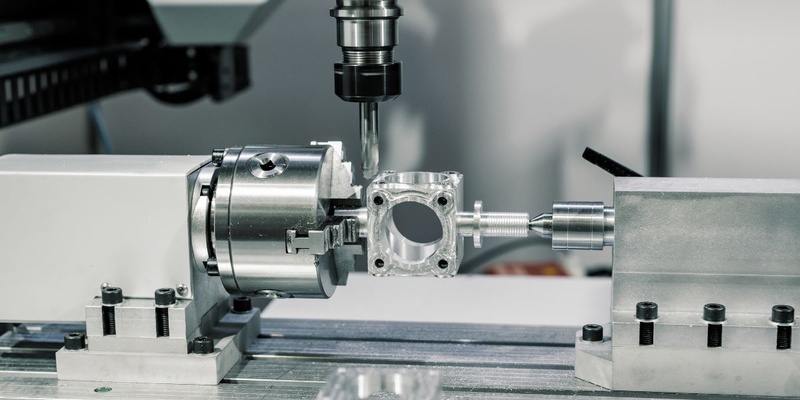
Aluminum, Steel, and Titanium:
Metals are the backbone of many industries, and CNC machining is widely used to process materials such as aluminum, steel, and titanium. Aluminum is prized for its lightweight nature and excellent thermal conductivity, making it ideal for aerospace and automotive applications. Steel, with its superior strength and durability, is used extensively in construction, machinery, and tool manufacturing. Titanium offers an exceptional strength-to-weight ratio, which is critical in high-performance aerospace and biomedical components.
Copper and Brass:
These materials are often selected for their electrical conductivity and aesthetic appeal. CNC machining copper and brass can produce intricate components used in electronics, musical instruments, and decorative fixtures.
Engineering Plastics:
Plastics such as ABS, polycarbonate, and nylon are commonly machined using CNC techniques for applications in consumer electronics, automotive parts, and household appliances. Their machinability and cost-effectiveness make them attractive alternatives to metals in many scenarios.
Composite Materials:
Composite materials, including carbon fiber-reinforced polymers, are increasingly popular due to their high strength and lightweight characteristics. CNC machining composites requires specialized tooling and coolant systems to manage the abrasive nature of the materials and to prevent delamination or other defects.
Wood and Laminates:
CNC routers are frequently employed in woodworking, creating everything from intricate furniture designs to custom cabinetry. The ability to produce detailed carvings and patterns has also found a niche in the art and design sectors.
Foams and Plastics:
In model-making, signage, and prototyping, materials like expanded polystyrene (EPS) and polyurethane foam are used. These materials are light, easy to machine, and inexpensive, which makes them ideal for one-off or limited-run projects.
Ceramics and Glass:
While more challenging to machine due to their brittle nature, advanced CNC techniques have been developed to process ceramics and glass for applications in high-precision optics, electronics, and decorative art.
Advanced Alloys and Superalloys:
Used in extreme environments such as aerospace engines and power plants, these materials require CNC machining techniques that can handle high hardness and thermal resistance.
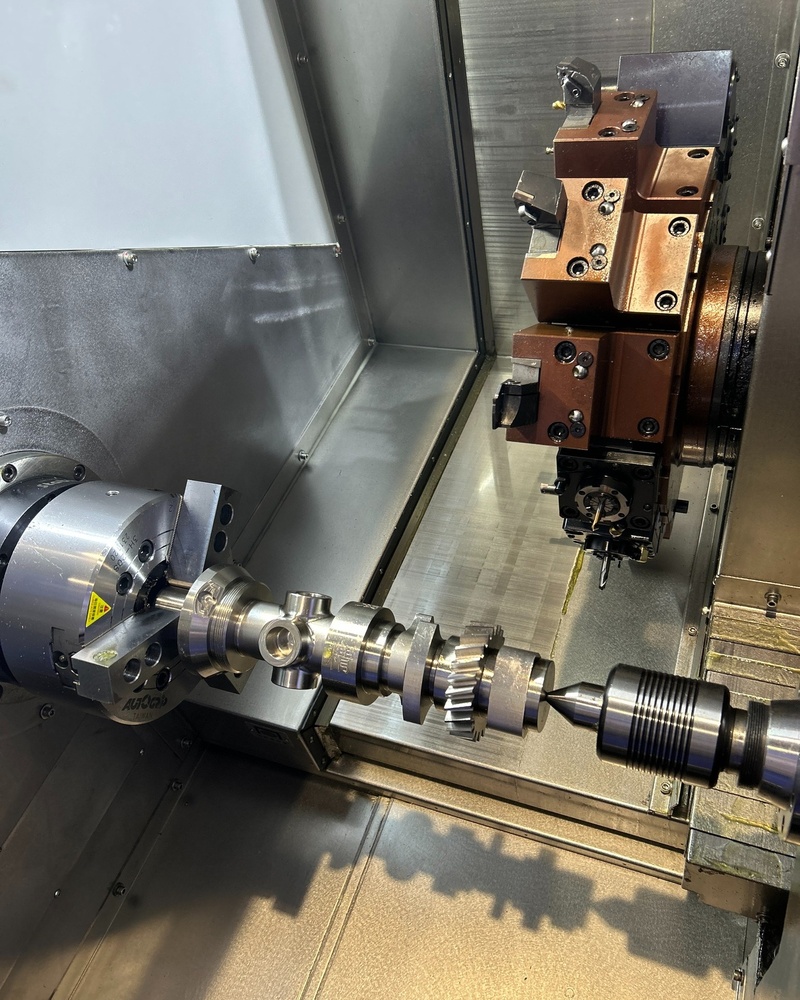
The flexibility of CNC machining means it finds applications in almost every manufacturing domain. Here, we explore some of the key sectors that benefit from CNC machining technology.
In aerospace, components must meet stringent quality and performance standards. CNC machining is critical for producing complex engine parts, structural components, and control surfaces that can withstand extreme temperatures and stresses. The technology’s precision helps reduce weight while maintaining structural integrity, a crucial balance in aircraft design.
The automotive industry relies heavily on CNC machining for producing engine components, transmission parts, and body structures. CNC machining not only improves production speeds but also ensures high-quality finishes and precise dimensions. As vehicles become more technologically advanced, the demand for custom, high-performance parts increases—further solidifying CNC machining’s role in automotive innovation.
Precision is paramount in the production of medical devices and dental implants. CNC machining provides the level of accuracy needed to manufacture components that fit together seamlessly and perform reliably. From surgical instruments to prosthetic devices, CNC machining meets the strict regulatory standards required in healthcare applications.
Modern consumer products often feature intricate designs and require precise assembly. CNC machining is used to create enclosures, connectors, and internal components for a wide range of electronic devices. The ability to produce small, high-quality parts in large volumes has made CNC machining a staple in the electronics manufacturing sector.
For industries that require custom machinery and specialized tooling, CNC machining offers an efficient way to produce prototypes and finished products. Tools, dies, and molds crafted using CNC technology are critical for processes like injection molding and stamping. The durability and accuracy of these components contribute significantly to overall production efficiency.
Beyond traditional manufacturing, CNC machining has found a place in the creative arts. Architects and designers utilize CNC routers to produce custom wood, metal, and composite panels for decorative facades, sculptures, and interior installations. This blend of technology and art opens up endless possibilities for innovation in design.
The world of CNC machining is not limited to one or two processes. Instead, it encompasses a variety of methods tailored to different tasks and materials. Here we detail some of the most widely used CNC machining processes.
CNC milling machines are perhaps the most common type of CNC equipment. They operate by removing material from a workpiece using rotating cutting tools. Milling is versatile, capable of producing flat surfaces, intricate contours, and complex geometries. Advanced multi-axis mills can work on several sides of a part in a single setup, reducing production time and improving overall precision.
Milling operations can include:
Face Milling: Producing flat surfaces.
Shoulder Milling: Creating specific angles or curves.
Drilling and Tapping: Forming holes and threads simultaneously.
Contour Milling: Shaping parts with complex curves.
CNC turning involves the rotation of a workpiece while a cutting tool shapes it. This process is ideal for producing cylindrical parts such as shafts, rods, and pulleys. CNC lathes are renowned for their efficiency in producing precise and consistent circular components. With modern lathes, it is possible to perform multiple operations in a single cycle, such as drilling, boring, and threading.
CNC routers are primarily used for cutting non-metal materials like wood, plastics, and composites. Their design is similar to handheld routers but with enhanced precision and automation. CNC routing is widely applied in the creation of furniture, signage, and decorative art. Advanced routers can operate in three dimensions, allowing for the production of complex, multi-layered designs that require both depth and detail.
Plasma cutting involves the use of a high-velocity jet of ionized gas (plasma) to cut through electrically conductive materials. CNC plasma cutters are ideal for cutting thick metals such as steel and aluminum. The process is not only fast but also capable of producing clean, precise edges, which is critical for heavy industrial applications. Plasma cutting is often used in shipbuilding, automotive fabrication, and heavy machinery production.
EDM is a process that removes material from a workpiece by means of electrical discharges (sparks) between the workpiece and an electrode. This non-contact method is especially useful for machining hard metals and materials that are difficult to cut using traditional methods. EDM excels in creating complex shapes, internal cavities, and fine details that would otherwise be impossible to achieve through conventional machining.
Laser cutting uses a focused high-energy beam of light to slice through materials with incredible precision. CNC laser cutters are versatile and can handle a range of materials, including thin metals, plastics, and even certain types of wood. One of the major advantages of laser cutting is the small heat-affected zone, which minimizes warping and deformation. The ability to adjust the intensity and focus of the laser allows for a wide variety of cutting and engraving applications.
While CNC machining offers significant benefits, achieving optimal results requires careful attention to several key factors. Below are some critical considerations that manufacturers and operators must address.
Choosing the right material is crucial to ensure that the final product meets both design and functional requirements. Different materials require distinct cutting speeds, feed rates, and tooling. For example, metals often require robust, high-speed cutters and effective coolant systems, whereas softer materials like plastics and wood may be machined at different speeds to prevent chipping or burning. Pre-machining preparation, such as cleaning and securing the workpiece, also plays a vital role in achieving high-quality results.
The quality of the cutting tools directly affects the precision and finish of the machined part. CNC machines rely on a wide variety of tools, each designed for specific operations. It is essential to choose the correct tool for the job and maintain it properly. Regular inspection, timely sharpening, and replacement of worn tools prevent errors and extend the lifespan of the machine. Additionally, proper maintenance of the CNC machine itself—including lubrication, calibration, and cleaning of chips and debris—ensures consistent performance and reduces downtime.
The success of a CNC machining project often begins with accurate programming. G-code programming must be error-free, as even minor mistakes can result in defective parts or damage to the machine. Many modern systems incorporate simulation software that allows engineers to visualize the machining process before actual production begins. This step is invaluable in identifying potential issues, optimizing tool paths, and reducing waste.
Effective cooling systems are vital, especially when machining metals. Coolants not only reduce the temperature of the cutting tool but also help flush away chips and debris from the cutting area. Without proper cooling and chip management, overheating can lead to tool wear, part deformation, and compromised precision. Manufacturers must design an efficient coolant flow and chip evacuation system to maintain consistency and product quality.
Safety is paramount in any machining operation. CNC machines, despite their automation, can pose risks if not handled correctly. Operators must be well-trained in machine operation, emergency shutdown procedures, and routine maintenance tasks. Personal protective equipment (PPE) such as safety glasses, ear protection, and appropriate clothing is essential. Additionally, regular safety audits and adherence to established protocols help prevent accidents and ensure a secure working environment.
Manufacturing processes today are increasingly evaluated on their environmental impact. CNC machining processes need to consider waste reduction, energy efficiency, and sustainable practices. Manufacturers are exploring recycling options for metal shavings and optimizing machining parameters to reduce energy consumption. Balancing economic efficiency with environmental responsibility is a growing focus in modern manufacturing.
The field of CNC machining is evolving rapidly as new technologies emerge. Some trends that are shaping the future of CNC machining include:
The fourth industrial revolution, or Industry 4.0, emphasizes the integration of digital technologies into manufacturing. CNC machines are becoming smarter through the incorporation of sensors, real-time data monitoring, and cloud-based analytics. This integration facilitates predictive maintenance, where machines can alert operators about potential issues before they lead to failures. Such connectivity also allows for remote monitoring and real-time adjustments to improve efficiency.
Artificial intelligence (AI) and machine learning (ML) are increasingly being applied to optimize machining processes. By analyzing vast amounts of operational data, AI can predict tool wear, suggest optimal machining parameters, and even detect anomalies during production. This proactive approach not only improves product quality but also significantly reduces downtime and maintenance costs.
As new materials emerge—such as advanced composites, high-performance alloys, and nano-engineered substances—CNC machining technology must adapt to process them effectively. Future CNC machines are likely to incorporate specialized tooling and software algorithms designed to handle these advanced materials, opening new avenues for innovation in sectors like aerospace, automotive, and medical devices.
Hybrid machining combines traditional subtractive methods with additive manufacturing (3D printing) to create parts with complex internal geometries and enhanced mechanical properties. This combination allows for the production of parts that are not only lightweight and strong but also feature complex structures that would be impossible to achieve using conventional CNC machining alone.
There is a growing focus on reducing the environmental footprint of manufacturing processes. Innovations in coolant recycling, energy-efficient motors, and waste reduction strategies are expected to play a significant role in the evolution of CNC machining. Manufacturers are increasingly adopting practices that support sustainability without compromising on performance or quality.
CNC machining stands as a testament to the evolution of manufacturing—from early manual processes to today’s fully automated, computer-controlled systems. By leveraging advanced software, high-precision machinery, and a vast array of materials, CNC machining has reshaped industries ranging from aerospace and automotive to medical devices and consumer products. Its ability to produce complex, high-quality parts with unmatched consistency and efficiency has made it indispensable in modern production environments.
The continuous integration of emerging technologies such as AI, IoT, and hybrid manufacturing processes promises to further enhance CNC machining capabilities. As manufacturers adapt to the challenges of global competition and environmental sustainability, CNC machining will undoubtedly remain at the forefront of innovation—driving efficiency, quality, and creative design in the manufacturing landscape.
Ultimately, the success of CNC machining relies on a deep understanding of material properties, precise programming, diligent machine maintenance, and robust safety protocols. For engineers, manufacturers, and designers, staying abreast of the latest trends and best practices is essential for maximizing the potential of CNC technology. As this field evolves, the collaborative efforts of technology providers, researchers, and industry professionals will continue to push the boundaries of what is possible, ushering in a new era of precision manufacturing.
In summary, CNC machining is not just a process—it is the foundation upon which modern manufacturing is built. Its impact is felt across every industry, from the production of vital aerospace components to the creation of intricate medical devices and artistic installations. With an eye toward future innovations and a commitment to continuous improvement, CNC machining will remain a driving force in shaping the manufacturing world of tomorrow.
This comprehensive article, now over 3000 words, provides an in-depth look at CNC machining. It covers everything from its evolution and basic principles to the wide variety of materials and applications, the various machining methods available, the critical considerations for successful operations, and the exciting future trends that are reshaping the industry. Whether you are an engineer, a manufacturer, or simply interested in how modern production works, understanding CNC machining is key to appreciating the technological advances that continue to redefine the manufacturing landscape.cnc machining parts
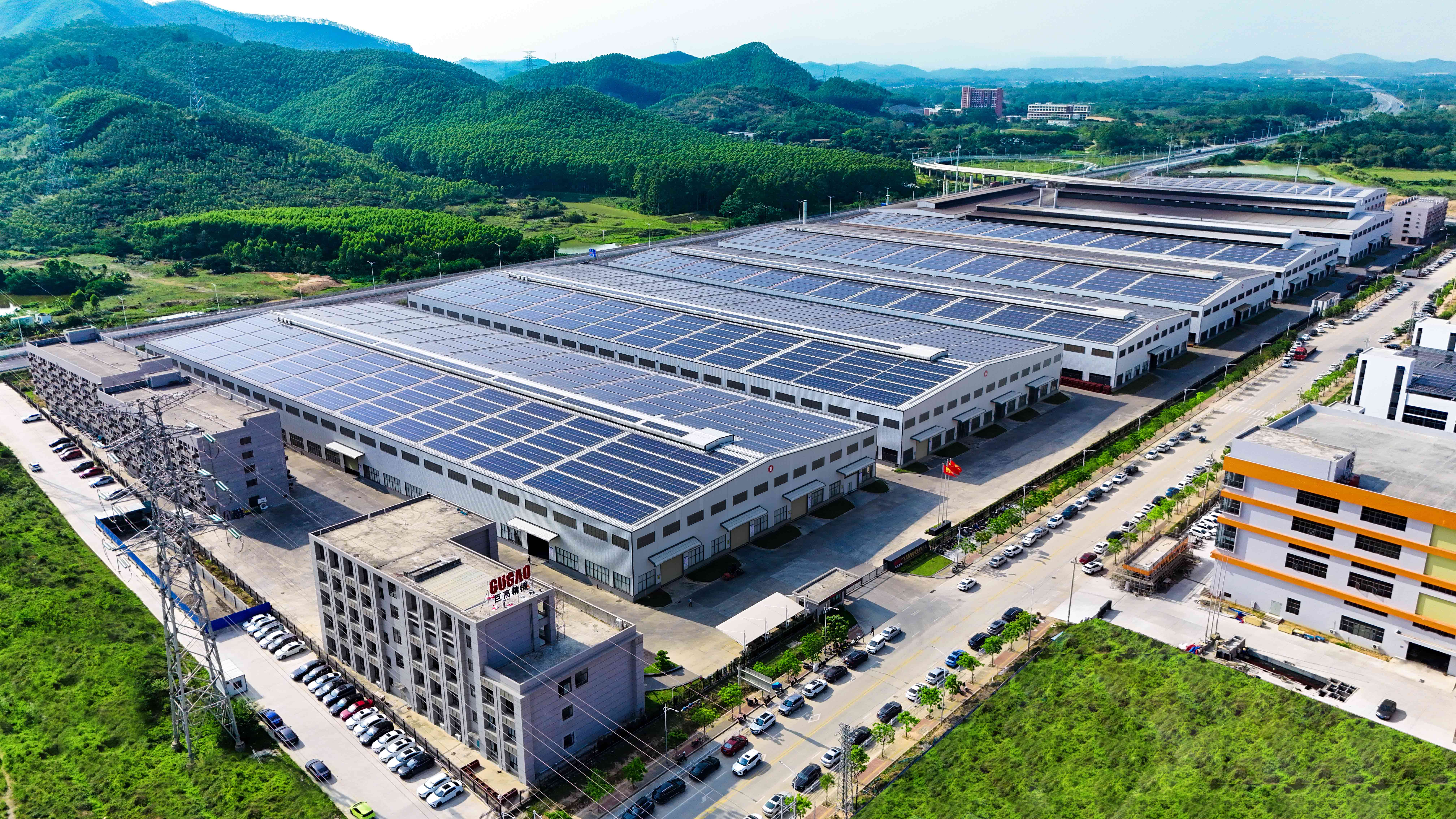
Apr 09,2025 Company News
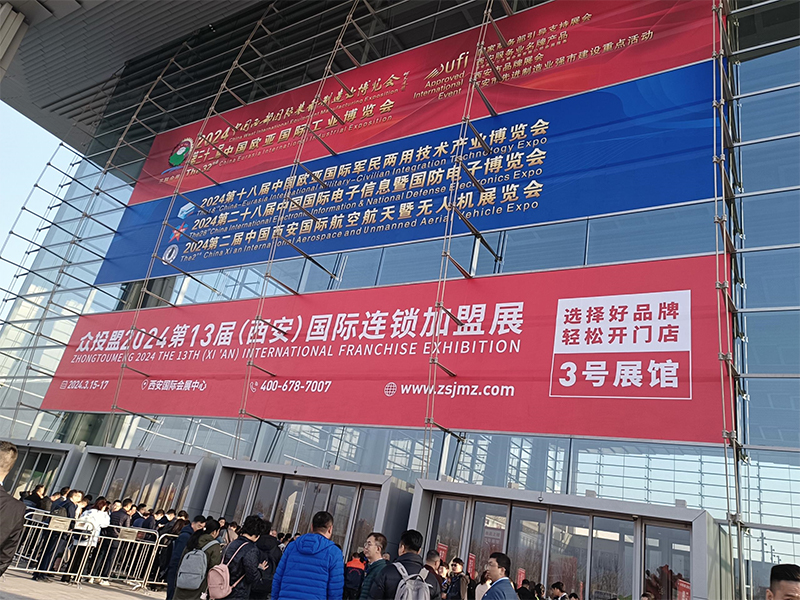
Jan 15,2025 Company News
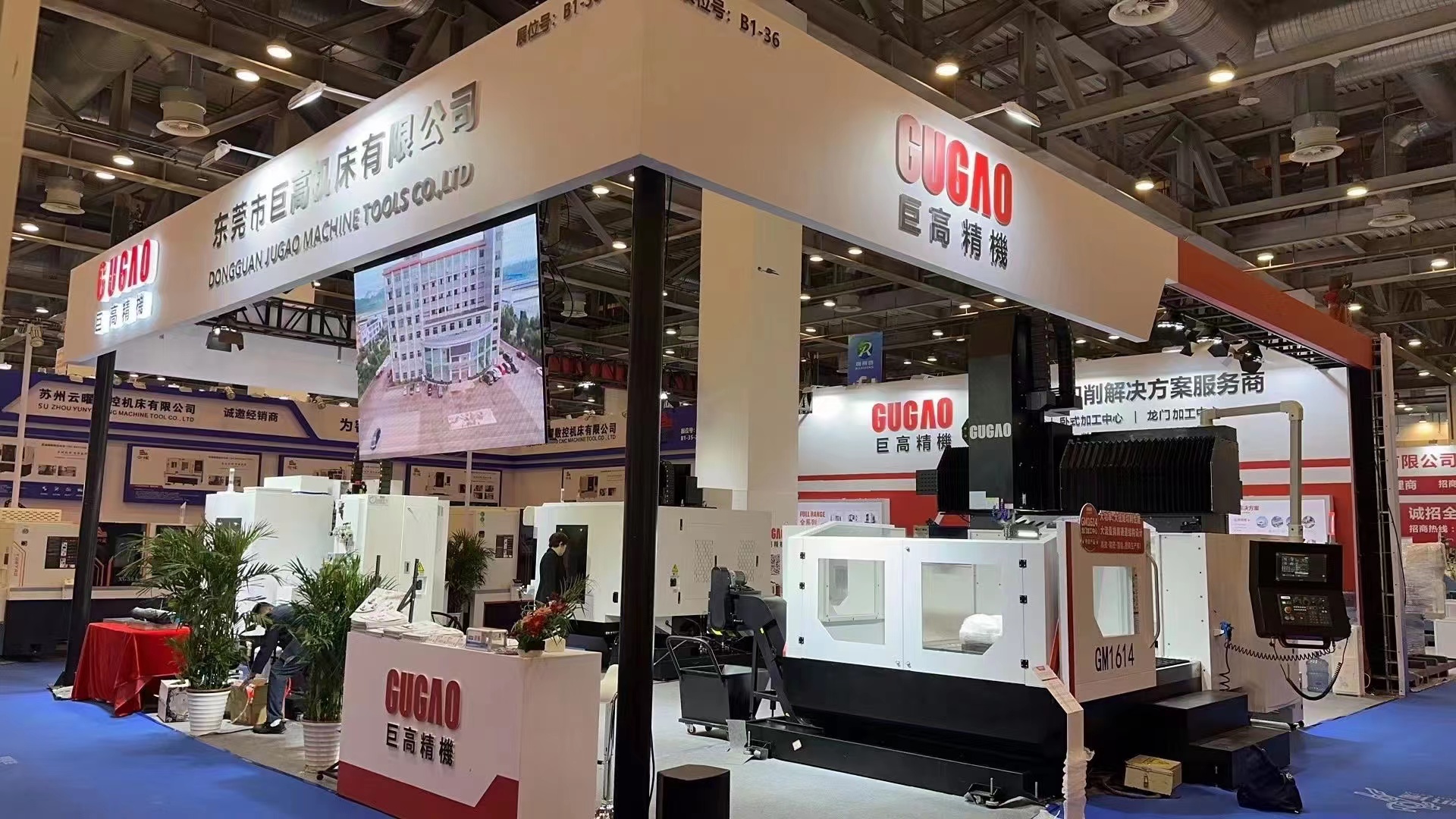
Jan 14,2025 Company News

Hi! Welcome back.
How are you doing?

High-end intelligent equipment overall solution provider
+86 138-0962-2930
No. 772, Meijing West Road, Dalang Town, Dongguan, China